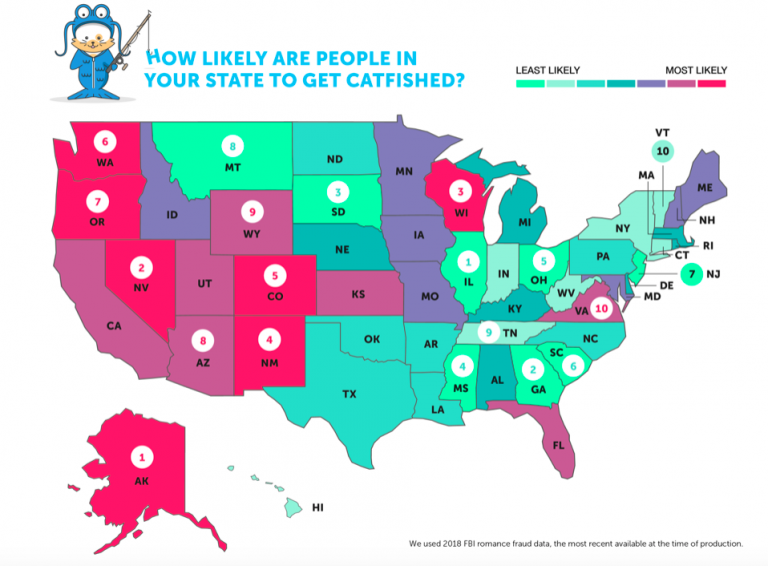As you may remember from our last installment, while flying down the beach Bob had just spotted a walrus carcass with a large brown bear eating on it. The walrus had one long ivory tusk that was just too attractive to pass up. The negotiations are…tense.
By BOB LACHER
Since both airplanes had been flying fairly low coming down the beach, I expected to look back and see the bear shagging off in a hurry. Instead, the intrusion appeared to have made him more possessive. The hulking bear took up a guarded position hunched over top the walrus and snapping and popping its jaws.
The whole deal was starting to look challenging, fitting my style perfectly. I thought the ivory should be negotiable. My generous offer would be the bear could have the entire carcass but he needed to make room for me at the table for just an hour or so. But he didn’t see it that way.
With time short and the bear uncooperative, I needed a plan B. I decided to land just down the beach and taxi up nearer to it and see what would happen. As I taxied up I would keep my spinning prop between me and the bear and see how big its balls were. Once I landed the game of chicken began. As the airplane got within 100 feet, the bear started to move off, but only retreated 50 feet before stopping. That seemed like progress so I moved a little closer, spooling up the engine to taxi ahead.
The bear was not small. In the high eight foot or low nine range, it probably weighed 700 pounds.
He paced around just 50 feet away from the carcass, moving out then back, lurking, not wanting to give it up. I kept easing the airplane forward and slowly closing the distance. With 100 feet between us and a walrus directly in the middle, we were at a standoff. He was not eager to move all the way off the carcass and I was reluctant to get the airplane fully into a shutdown position where he could charge it.
There was no telling what might happen, he could have enough sense to avoid the prop and attack the fuselage or tail. I did not want him to charge the propeller either, of course. If that happened there would be no winners. With the bear seriously hoarding his kill, I thought hard about the next move. I inched the plane ahead slowly and gunned the engine a few times trying to establish some dominance.
The bear finally decided he was out matched and moved off further, heading up the incline of the beach to the cut bank…but he was still only 150 yards away. He initially sat down and stared at the idling plane, then within a minute had rose again and started pacing back and forth, but at a distance. I stayed put in the front seat and stared back, hoping he would entirely abandon the kill. My father and Frank were still circling above and no doubt shaking their heads.
It was getting darker by the minute. This was obviously not developing into a situation where I could take an hour or more to debone and cleanly cut the head off the walrus. If I wanted the tusk I had to get innovative and whatever I did would have to be quick.
The bear was still watching, swinging his head from side to side in an agitated, aggressive posture but never getting any closer than 150 yards. I let a couple of minutes pass and remained sitting in my cockpit, engine running, hoping his pacing and nervousness would chill out a little. But it didn’t.
At this point, seeing nothing was changing, I was close to calling the whole thing off. I could not be sure what would happen once I jumped out of the airplane and physically exposed myself…and provoked the bear by taking over the carcass. But it was now or never. The plane was still running and was by then about 20 feet from the carcass.
Remembering that I had a .44 mag revolver stashed behind the seat, I reached for it and put it in my lap thinking about how I might be able to use it as a dental extraction device. I left the engine running at idle, locking the parking brakes so it wouldn’t pull itself ahead. I opened the door and jumped out, revolver in hand, and never taking my eyes off the bear. If he decided to challenge me I thought I would fire a few rounds into the air and dive back in the airplane.
Stepping carefully around the spinning prop, I took several big and rapid strides to the walrus and pulled his single tusk upward, freeing its half buried skull from the sand. My genius plan was to fire a .44 mag round (or rounds) into the gum line and hopefully dislodge the three foot long chunk of ivory. I knew that when I fired the gun I wanted to be several feet away at minimum, and with my head turned away to help avoid any bone and flesh blowback.
Crouching to my knees and aiming first from a distance of five feet, I could not seem to hold a point of aim steady enough in the exact spot I needed to be certain to hit the root cavity. It needed to be perfect. All the while I’m keeping my eye peeled for the bear to come charging in. I’m a ball of nerves and sweating buckets. I could see the problem with my set up from five feet was that my aim deteriorated the instant I tried to turn my head sideways and shut my eyes before pulling the trigger. It was not going to work. To make sure to hit the sweet spot I really had to do this execution style. I had to be much closer. I had to be point blank.
The bear was now intently focused on the fact that I was out of the plane and that I no longer looked so big and threatening. I could feel his eyes on me and knew he could be on me in just a couple of seconds. All of my senses told me that time had run out. I quickly stepped in close to the walrus and put the nose of the Smith and Wesson .44 revolver three inches from its head, aiming for a spot about four inches up the gum line precisely above the top of the tusk. Turning my head hard left to try to avoid any flack, I closed my eyes and let loose the carnage.
Kaboom! Bits of hide, goo and bone flew everywhere. The right side of my cheek and ear and a couple of knuckles were immediately on fire with little slivers of bone embedded in my skin in several places. My right hand and coat sleeve were spattered to the shoulder with bloody chunks of rotten walrus gums and dental cavity bits.
The hydraulic shock and bone busting power of the .44 round loosened and partially ejected the tusk out of its socket. It was loosened well enough that a couple rapid ninja kicks fully freed it. Surprisingly the bear never reacted to the gunshot but stood staring, head hung low, body crouched and looking for his opening to lurch. In seconds I salvaged the tusk and hustled the few steps back to the running airplane, jumped into the front seat, slapped shut the door, throttled up and took off. Making one more circle over the carcass in the shrinking light I saw the bear was already back feeding on it
We had our caribou, we had our ivory. We had slipped in and out of a part of the world almost no one gets to see. And we did it without breaking too much hardware. The flight back was indeed made in the dark and not at all comfortable. Lake Clark Pass is nothing to be toyed with on a heavily overcast evening late in September. But it worked out.
By the way Dad, this story is for you. I will always remember how good it felt to have you along to share some raw Alaskan adventure. And thanks for never second guessing your guide. I’m amazed that you always trust me 110 percent even in some really sketchy circumstances. It occurred to me, old man, that you must mistake my commanding self confidence in the field with actual capability. Don’t be fooled. I’m never too far away from shitting my own pants over something going sideways… I just hide it well.
A FINAL WORD
We all ask ourselves from time to time, what acts of ours should, in the end, accumulate to some satisfactory finish that memorializes the high water mark of our time here. What body of striving or accomplishment or just earned sense of peace will we reflect on when we are all alone and mentally ticking down the list of missed opportunities, hoping to leave here with as few regrets as possible?
A summit bagged or some expanse conquered perhaps? Sure. That all works. Big, bright, tangible.
Maybe the mark is no mark at all but only the satisfaction of rejecting a life lived looking through a keyhole constructed by the myths and memes of our time, a keyhole that divines order out of disorder in the minds of those who cannot live without it. Maybe it’s not about any high mark but all the white space in between, savoring the moments we live that are scrubbed of all pretense and insincerity. Among such moments are our experiences in the wilderness.
There is something spiritual about looking behind you after just laying a single mark on crystalline untracked snow that reaches upwards through the frozen hills and canyons for thousands of feet. The landscape is your canvas but the picture you drew will soon be gone, as will its artist. It is the canvas that lives on forever, waiting to temporarily accept the handiwork of another spiritual voyager.
Right there among the gods and angels of our vivid imagination, another picture will emerge, laid down a piece at a time like a painter drawing color from his brush, and again it will disappear leaving nothing at all. In a life well lived we should craft many beautiful things, songs from nothing that we sing into the wind without a care if they are ever heard again.
[Read: Alaska Raw Parts 1-7]
Find this book at Barnes & Noble, Todd Communications, Title Wave Books, Once in a Blue Moose, and Amazon.










